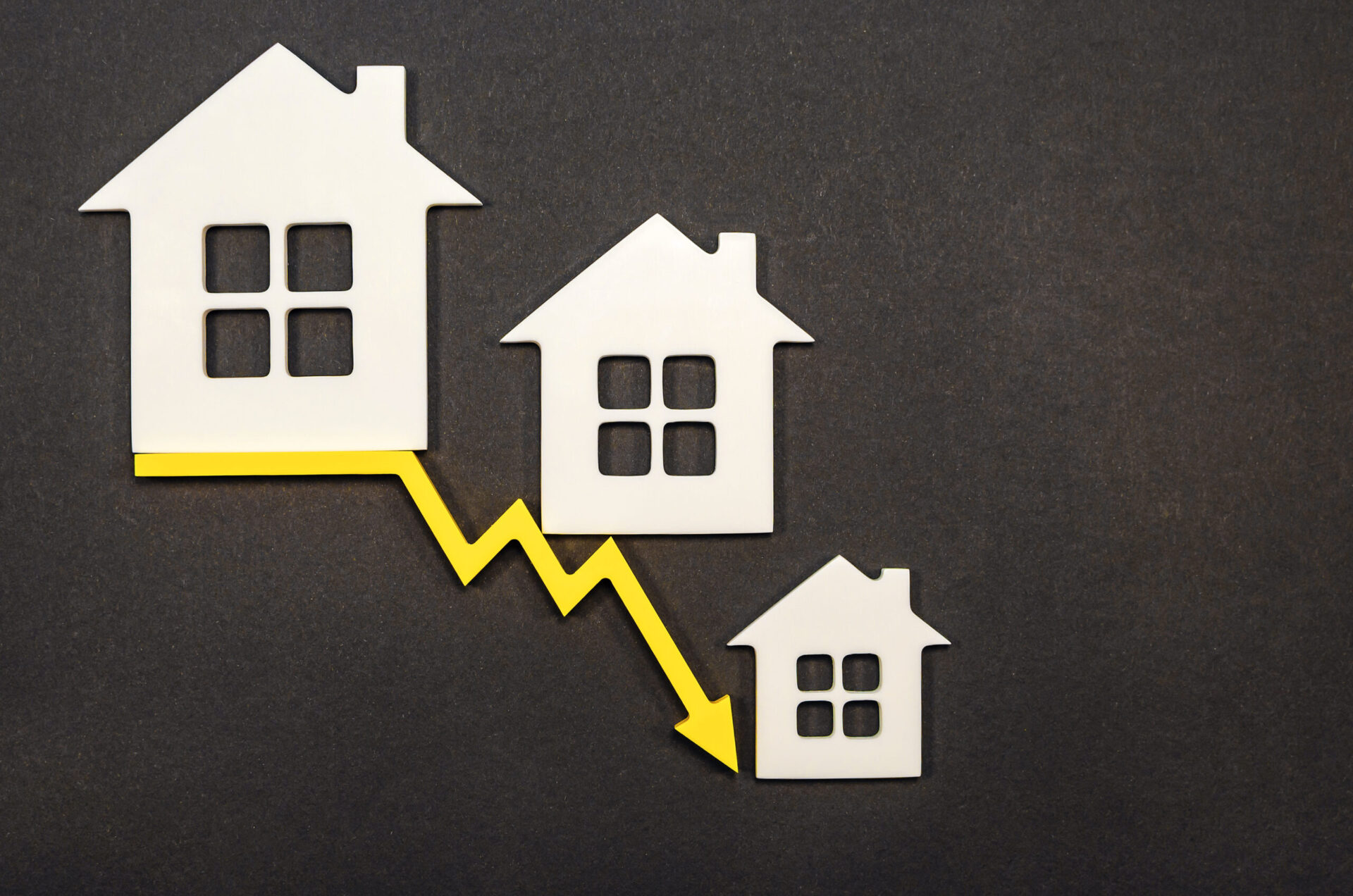Mortgage applications dipped last week as rates hit their highest level since November 2022.
The Mortgage Bankers Association’s weekly survey shows the adjusted Market Composite Index – a measure of mortgage loan application volume – decreased by 3.1%, adding to the week prior’s 3% decline.
Adjusted purchase applications fell by 3%, while the unadjusted index dipped 3% from the week before and 27% lower YOY.
The average interest rate for 30-year fixed loans rose from 6.93% to 7.09%, pushing homeownership farther out of reach for many Americans.
Refinances slipped by 3% and remain 32% lower than the same time last year, making up 28.7% of total applications. In the past decade, refis averaged 58% of total activity.
“Treasury yields rates rose last week and mortgage rates followed suit, due to a combination of the Treasury’s funding announcement and the downgrading of the U.S. government debt rating,” said Joel Kan, MBA’s Vice President and Deputy Chief Economist.
“Additionally, the rate for FHA mortgages increased to 7.02%, the highest rate since 2002. Not surprisingly, mortgage applications continued to decline given these higher rates, with overall application counts falling for the third consecutive week, as both purchase and refinance activity declined. The purchase index fell for the fourth consecutive week, as homebuyers continue to struggle with low for-sale inventory and elevated mortgage rates.”
The FHA share of total applications rose 0.3% to 13.6%.
ARM activity also saw a slight boost up to 6.9%. Interest in adjustable-rate mortgages typically increases when rates are soaring. But for the typical borrower, they’re not a great idea.
Real estate investors and homebuyers who know for a fact they plan to move after just a few years are the only borrowers for whom Jerry Stover of Homeowner Mortgage recommends ARMs. For the average American, it’s a no-go.
“I use the 70’s as a good example. Oil kind of triggered inflation. The government injected a lot of cash into the economy, we were coming off the Gold Standard and we spent a lot of money on the Vietnam War,” he told The Mortgage Note. “ARMs were more tempting, people planned to exit the mortgage of the property, but then many did not do it. A lot of people lost their home by not getting out.”
The VA share of total applications increased to 11.8% from 11.6%, while the USDA fell from 0.7% back to its typical 0.4%.
Read More Articles:
Credit Availability Declined In July
Home Prices Break Record In June
Philadelphia Caught In Balancing Act Between Affordable Living, Green Space
